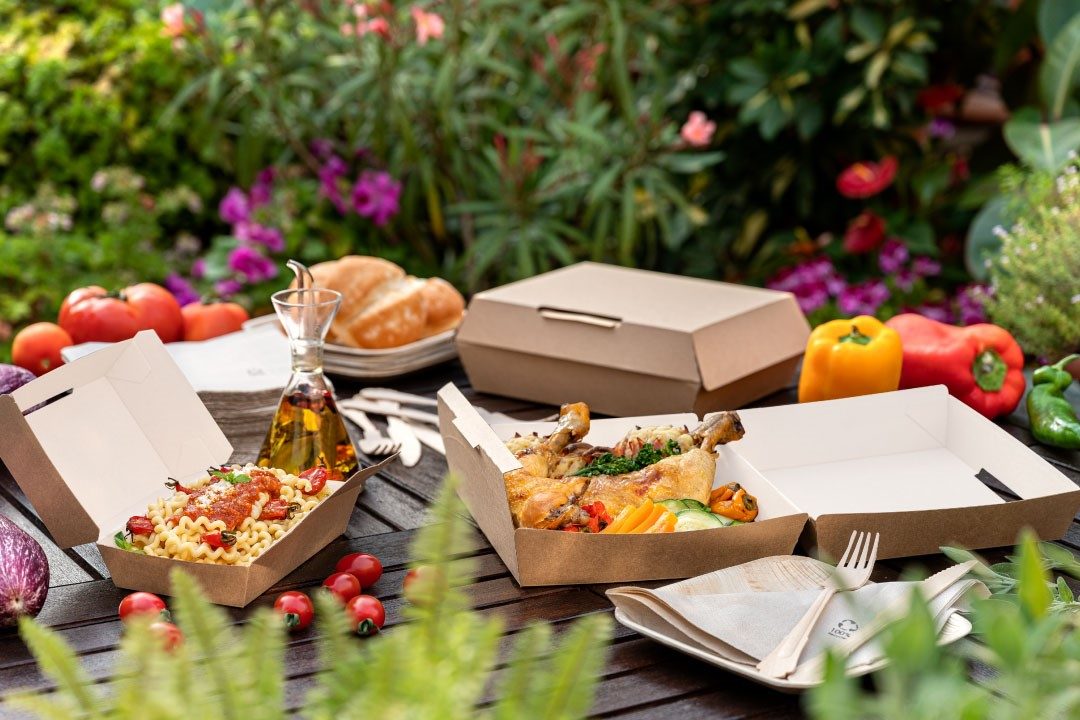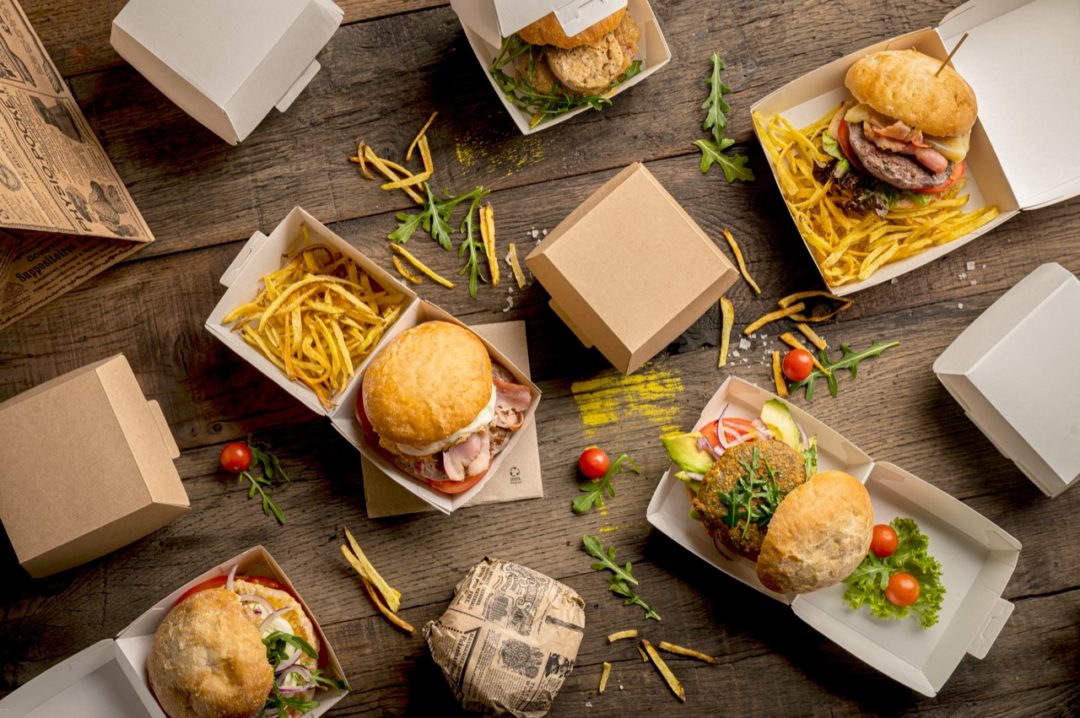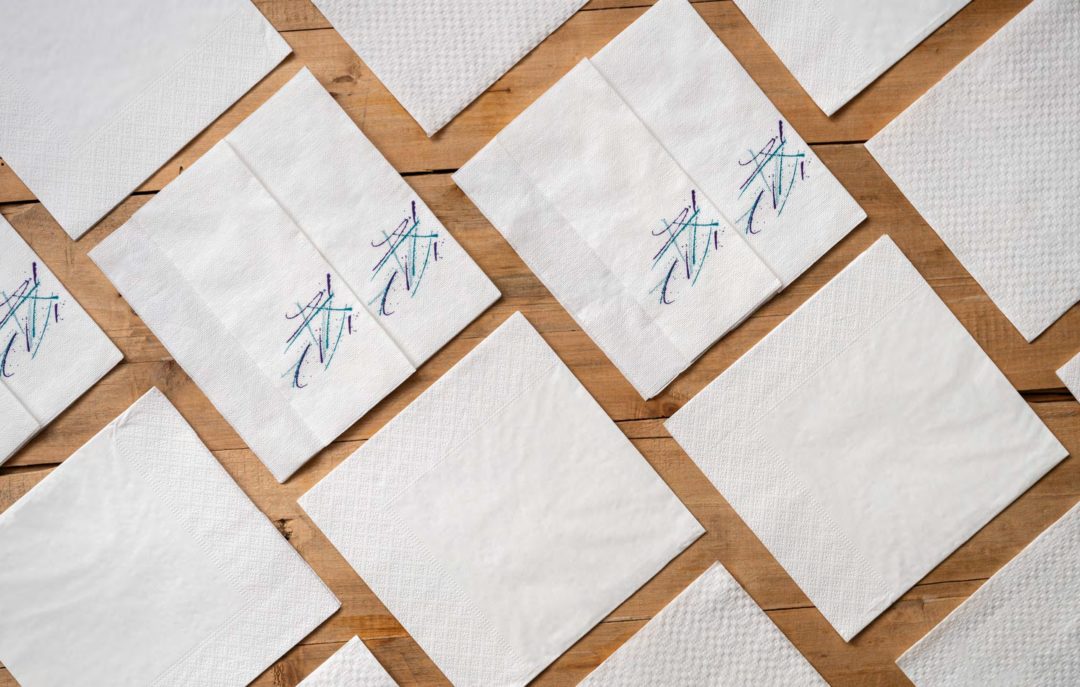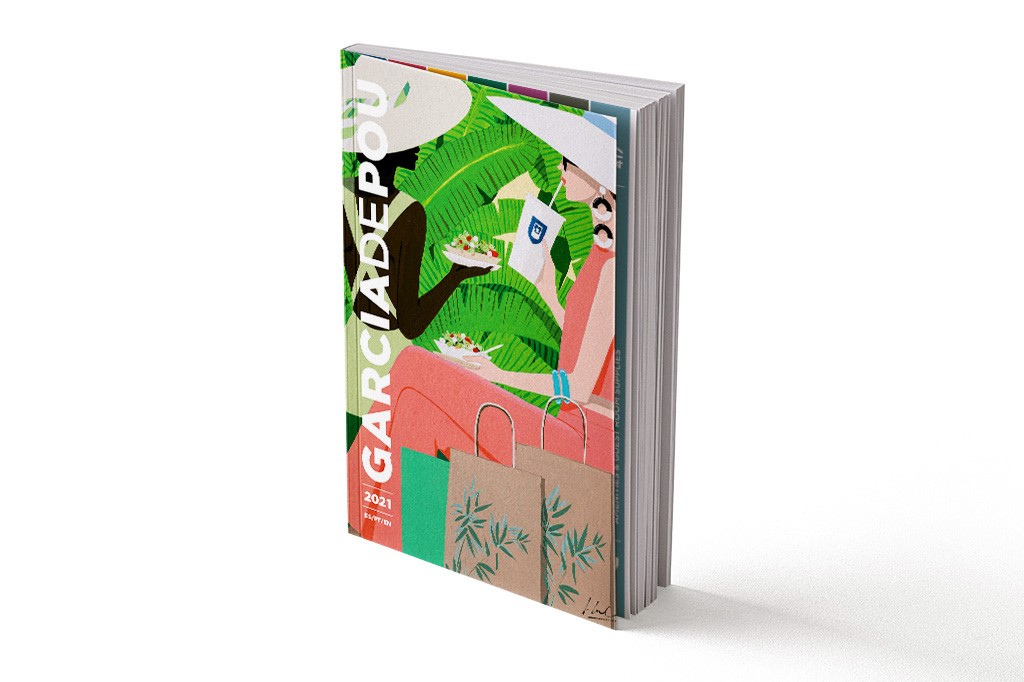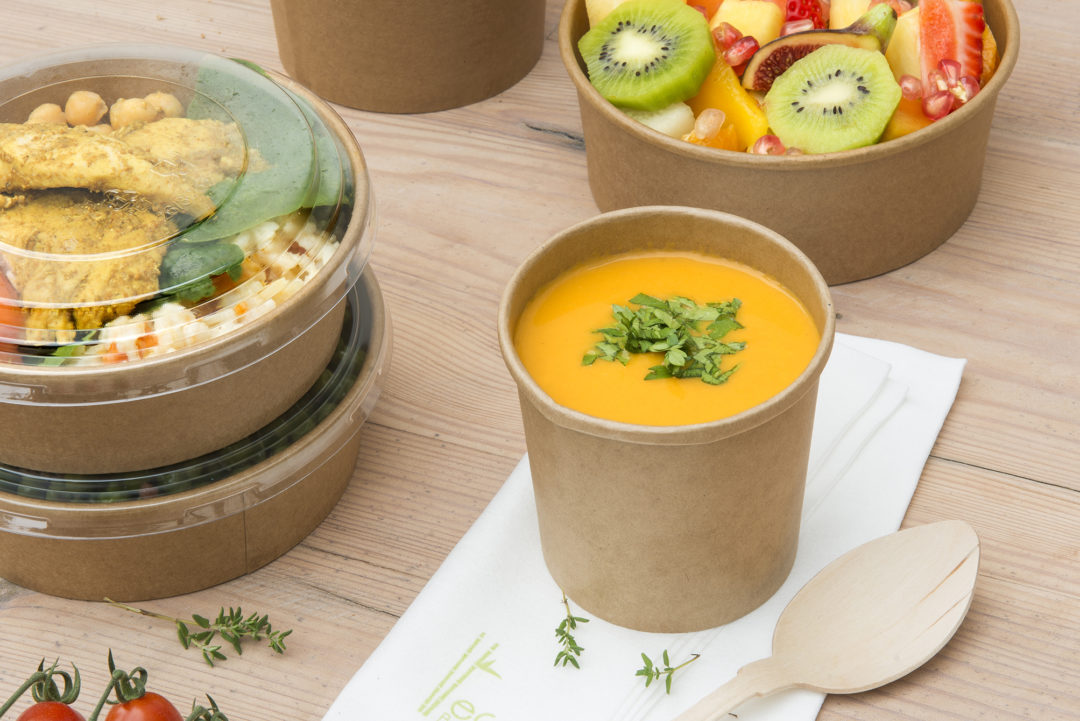The Company
The second requirement, but no less important, would be strength. A container must always be capable of fulfilling the function for which it is made. In this case, for serving food, it is essential that a box, a container or a cone for fries does not deteriorate with the moisture or grease that food inevitably releases. A good dish should never be ruined by an unsuitable container.
And last but not least, design. We are not discovering anything new if we say that a modern and attractive packaging makes customers as loyal to an establishment as the product itself. Beautiful packaging enhances a dish and may even end up being immortalised in one of the thousands of photographs that foodies post on social networks every day.
Among our products with the Ecolabel distinction, all of them made of tissue paper, we can find «Maxi Jumbo» toilet paper, hand towel rolls, industrial and couch covering paper. There are also white and coloured napkins from the «Double Point» and «Quattro» ranges, as well as «Mini service» or «Kangaroo» napkins and the line of recycled napkins.
«I think it is a fantastic initiative that García de Pou is using visual artists to create its covers. This decision, so brave if you take a retrospective look, gives the brand an extra quality and excellence. The union of art and big business has always yielded interesting results», says the artist.
Imagination is power and innovation. And as long as the so-called ‘new normal’ ceases to be abnormal, alternatives must be sought, just in case waiters end up losing their voices. In fact, before the advent of the Covid-19 pandemic, many of the changes that have now suddenly come into force were already starting to be implemented. Occasionally, some things come to stay. So what options do restaurants have to provide information on food while maintaining maximum safety for all?
Faced with this situation, many restaurants have quickly adapted by opting for alternatives such as takeaway and delivery services as a new opportunity for their business. In difficult times, one has to reinvent themselves.
Marathon-viewing and meal home delivery growth have a lot more in common than it seems. It is indeed as easy to order food as it is to watch series because we are talking about two sectors which have needed to adapt to drastic changes in consumption habits.
We live in a fast-paced world, which is getting faster by the day. People with hardly any time or people who don’t know how to make more time. Millennials immersed in new ways of living –as a side note, nightclubs are closing in droves since people no longer hook up while getting down on the dance floor– followed by Generation Z, who will sustain these new habits and even surpass them. People who live such stressed-out lives that they have to turn to yoga instead of relaxing by doing some cooking.
Conscious breathing, relaxing the mind, and living in the here and now are espoused by coaches and spirituality gurus. Whatever the case may be, the reality is, however, that an increasing number of people are opting for takeaway food when hunger strikes. Food on the go is also part of the here and now, since demand is on the up and shows no sign of slowing down in the short term.
So let’s ask ourselves, what differentiates a good menu from a bad one at a café or restaurant? A good menu on one of our García de Pou blackboards, for example, can be easily distinguished from a bad one by any number of visual elements, but also by the way in which the information is laid out.

